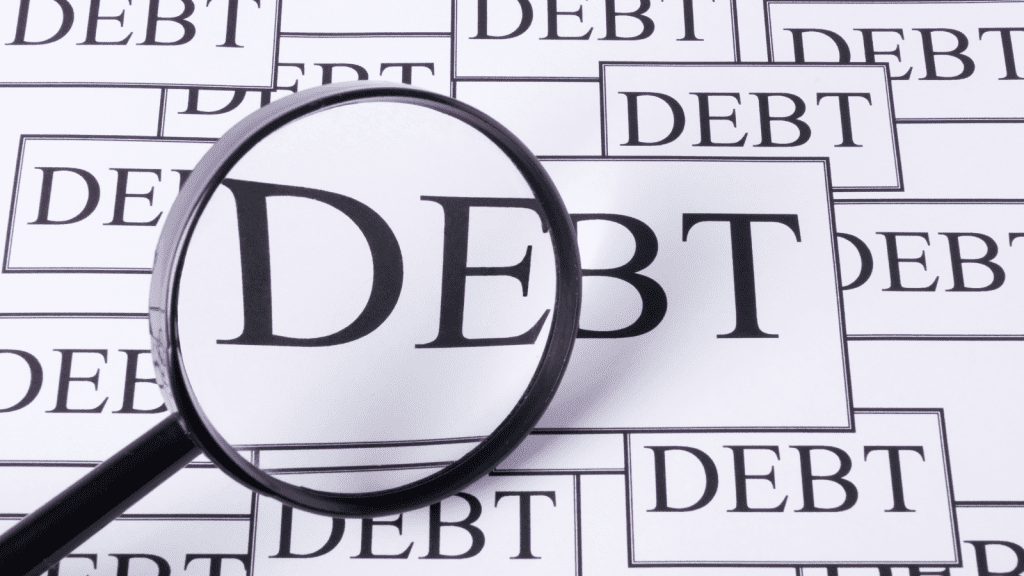How to Apply for Debt Relief Program Ontario

Debt Relief Program Ontario is a method that aids people and families that are burdened with a lot of debt in lowering or eliminating it. In Canada, bankruptcy, credit counseling, and debt consolidation are just a few of the choices available for debt relief.
Canadians who are impacted by the COVID-19 epidemic will receive extra debt relief in 2023, according to plans made public by the Canadian government. These initiatives include broader eligibility for bankruptcy and consumer proposal processes as well as improved access to credit counseling services.
Debt Relief Options
- Debt consolidation is the act of combining various debts into a single, manageable loan. You may achieve this by using a line of credit or a personal loan. The ability to reduce total interest rates and streamline the repayment procedure are two benefits of debt consolidation.
- Credit counseling is another debt relief option in Canada. Credit counselors assist individuals and families in developing a spending plan and a debt repayment strategy. They can also bargain with lenders to get interest rates and monthly payments lowered.
- Bankruptcy is a legal procedure that permits people and organizations to discharge or reorganize their obligations. It is a last-resort choice that will negatively affect credit scores in the long run.
How to Apply for Debt Relief Program Ontario: The Procedure
Depending on the precise option a person chooses, the procedure for filing for debt relief in Canada may differ. The method typically entails the following steps:
- Analyze your financial status: It is important to have a thorough grasp of your present financial condition, including your income, spending, assets, and obligations, before submitting a debt relief application. This will assist you in choosing the ideal debt reduction strategy.
- Contact a financial adviser or a licensed insolvency trustee: A financial advisor or a licensed insolvency trustee can educate you on your alternatives for debt relief and help you choose the one that is most appropriate for your unique situation.
- Gather the required documentation: To apply for debt relief, you must supply financial documentation such as pay stubs, bank statements, and invoices. It is necessary to acquire all the required paperwork before starting the application process.
- Application filing: Depending on the option you choose, you will need to apply along with the required documentation and information.
- Review and approval: Either the professional insolvency trustee or the financial advisor will examine the application. They will decide if the application is accurate and whether the applicant qualifies for debt relief.
- Implementation: After the application is accepted, the applicant will engage with a financial counselor or a certified insolvency trustee to put their debt relief plan into action. This could entail settling debts with creditors, making a spending plan, or declaring bankruptcy.
The ideal debt relief strategy will vary depending on a person’s unique situation. It is essential to be made aware that the process might take some time and that the outcome of the application cannot be guaranteed. Keep in mind that certain debt relief solutions, like bankruptcy, will have a long-term influence on credit scores.
Finally, it is advised to consult a financial counselor or a licensed insolvency trustee to fully grasp the advantages and disadvantages of each choice and choose the most appropriate one.
Find out what we can do to assist you to get your debt relief program Ontario application accepted by clicking the image below.